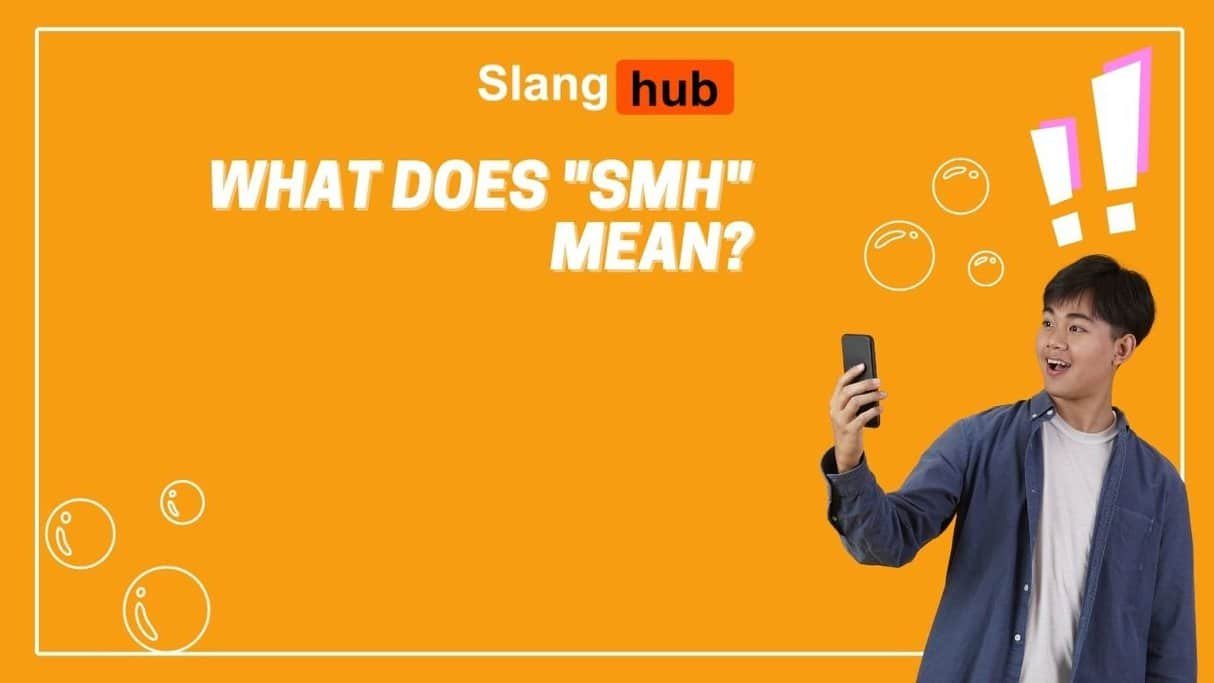The abbreviation “SMH” stands for “shake my head.” When it comes to the meaning of “SMH,” it’s important to consider the emotions and scenarios in which it is typically used.
Meaning of “SMH”
When someone uses “SMH,” they are expressing disappointment or embarrassment, often in response to something ridiculous or silly. It is often used in text messaging or online communications to convey a sense of incredulity or disapproval.
- Abbreviation: SMH
- Meaning: Shake My Head
- Emotion: Silly / Embarrassing
Safe for Work
“SMH” is considered safe for work and is also suitable for children. This means that it doesn’t contain any explicit or inappropriate content, making it generally acceptable for various audiences.
- Safe for work: Yes
- Safe for children: Yes
“SMH” on Social Media
When it comes to platforms like Snapchat and Instagram, “SMH” retains the same meaning, indicating that the expression is consistent across different social media contexts.
- Snapchat meaning: Shake My Head / Shaking My Head
- Instagram meaning: Shake My Head / Shaking My Head
Popularity Over Time
The term “SMH” began trending around 2011 and is primarily used in text messaging and digital communications.
- Year it began trending: 2011
- Primary community: Text messaging
Examples and Context
Examples of how “SMH” can be used include scenarios where someone displays disbelief, embarrassment, or disapproval.
“Wow, I cannot believe that you just said that. Haha. SMH!”
- Emotion: Embarrassment
- Intention: In a situation where one person did something or said something that they should not be proud of a friend might reply to them with an “SMH”
“SMH, you really think this is true? LOL!”
- Emotion: Silly
- Intention: When trying to ask someone if they believe something is true or not—they might use SMH as a type of emotion alongside the statement that they’re making.
In conclusion, “SMH” is an abbreviation used to convey emotions such as disappointment, disbelief, embarrassment, and disapproval. Its safe-for-work nature and consistent meaning across different social media platforms have contributed to its widespread usage for conveying such emotions in various digital contexts over time.






